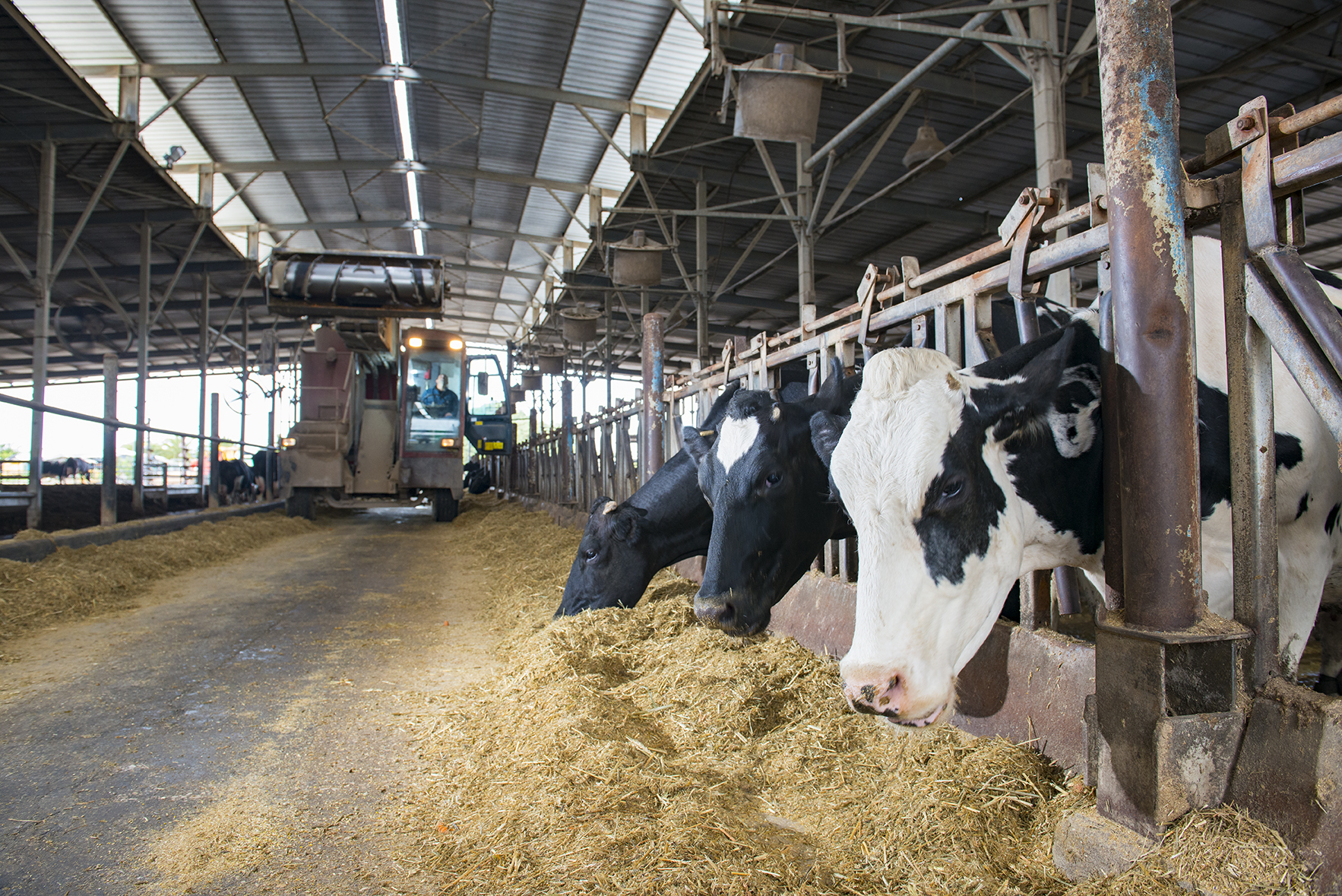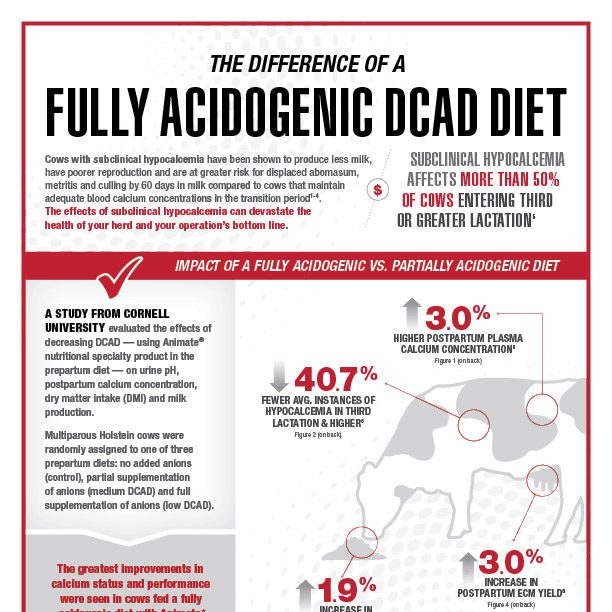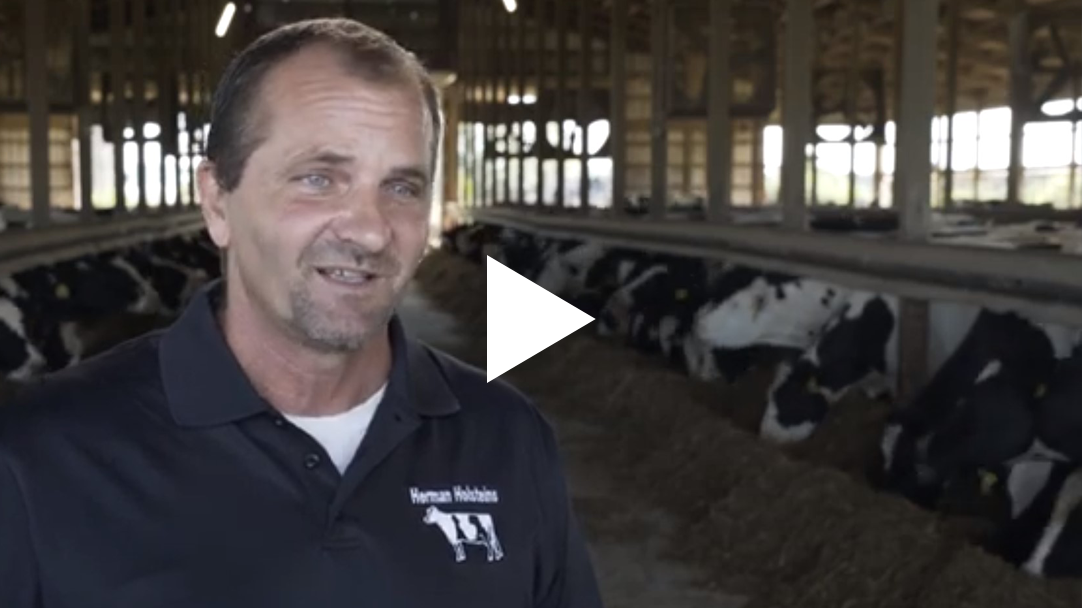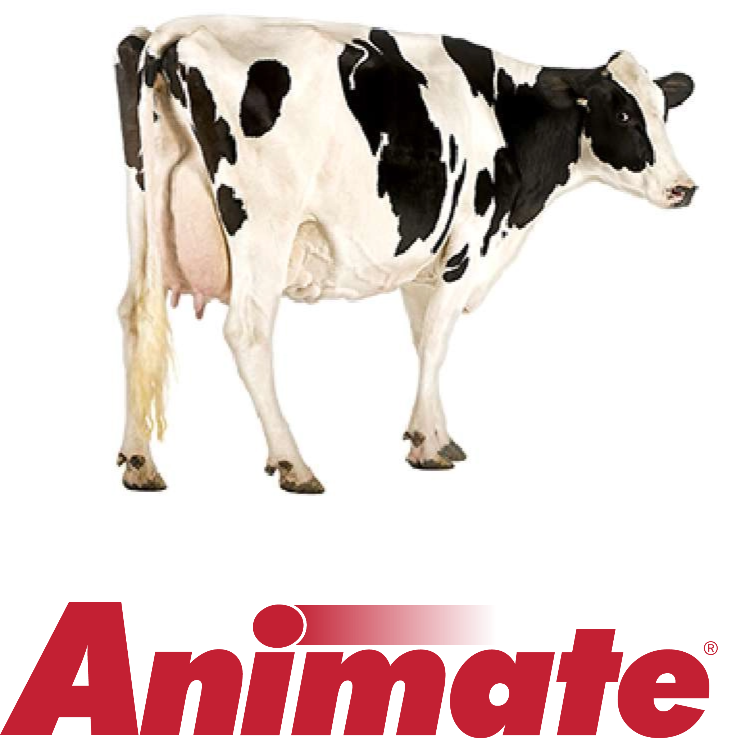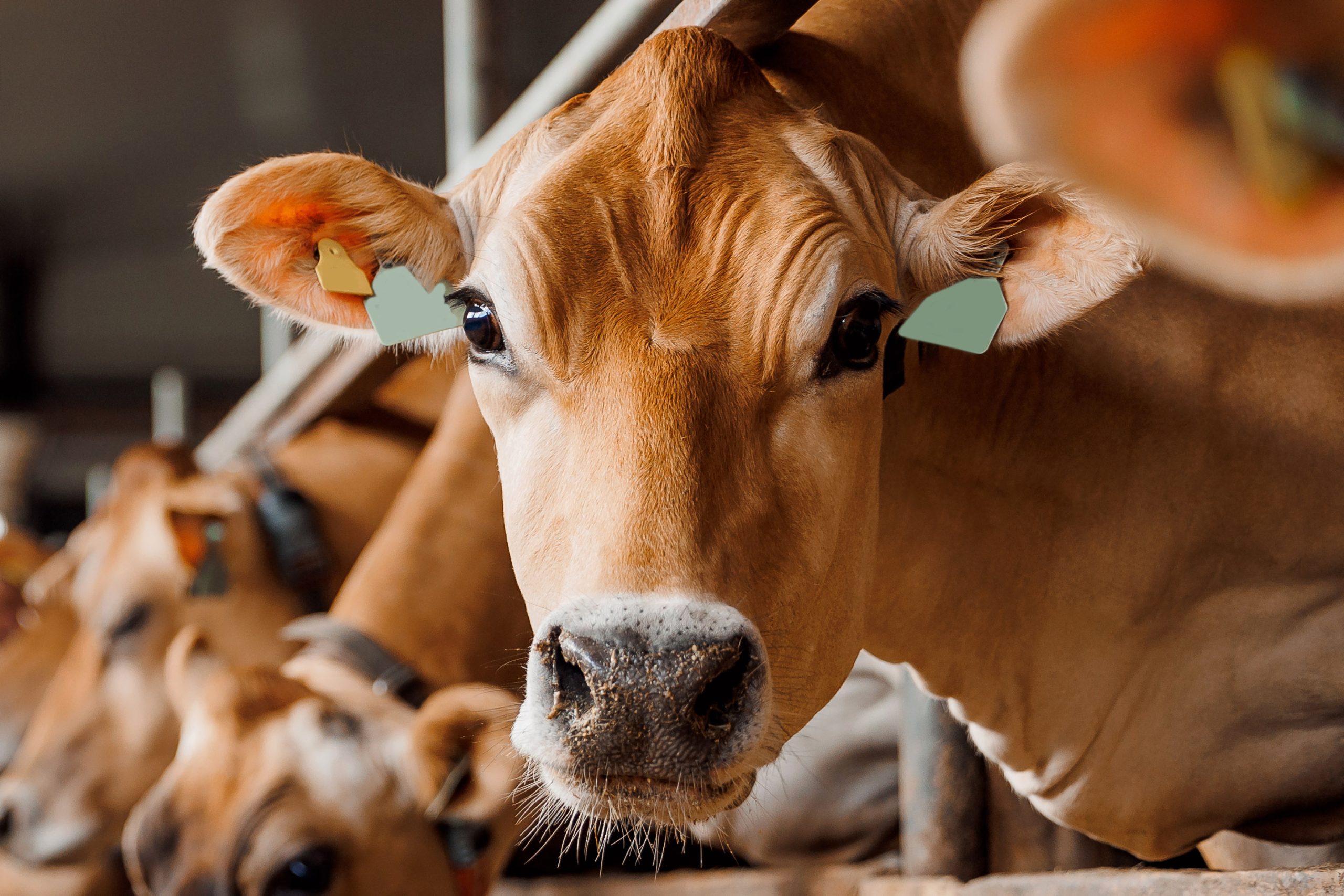
Transition cows are prone to inflammation, hypocalcemia and metabolic disorders that can lead to lower chances of getting pregnant and long-term consequences on the health and productivity of the cow — all of which can take away from a dairy producer’s bottom line.
An Interview with Dr. Phil Cardoso | DVM, Ph.D., Professor of Animal Sciences
A University of Illinois study reinforced the important role that increasing dietary calcium inclusion during the prepartum period can play in improving postpartum uterine health and fertility in cows fed a fully acidogenic diet. In addition, the study showed how proven management practices, like measuring urine pH, are critical to effectively monitoring and maintaining cow health and performance.
Dr. Phil Cardoso, Associate Professor of Animal Sciences at the University of Illinois, Urbana-Champaign, says the study demonstrated that feeding a high calcium, fully acidogenic or negative dietary cation-anion difference (DCAD) diet during the prepartum period, with urine pH levels of 5.5 to 6.0, utilizing Animate® nutritional specialty product supports immune function, which can help lead to improved uterine tissue heath and improved reproductive outcomes following calving compared to a non-acidogenic, low calcium diet.
Benefits that may help improve profitability include:
- Reduced inflammation – The research showed lower plasma haptoglobin concentrations in both the prepartum and postpartum periods.
- Healthier uterine environment – Cows had greater glandular epithelial height and more epithelial cells per gland at 30 days in milk (DIM).
- Breeding back sooner, lowering days to pregnancy – Cows had fewer days to first ovulation and had a greater likelihood of becoming pregnant at first AI.
These results can directly impact a producer’s return on investment, says Dr. Cardoso.
“Farmers will be chasing fewer sick cows,” he notes. “They are going to have fewer instances of metritis to deal with. They may have fewer cases of other diseases because that cow doesn’t have to handle extra bacteria circulating since the cells in the uterus are very well attached.”
He adds that while many farmers understand and appreciate the value of a negative DCAD feeding program, many are not entirely aware of the benefits of higher levels of calcium.
Checking Urine pH
“Most farmers understand calcium’s link to helping reduce the incidence of subclinical hypocalcemia but may not fully realize calcium is needed for many other things that impact cow health and performance, that it is all connected,” he says.
“Sometimes I think farmers get concerned they have to routinely measure urine pH. It can be a roadblock to them. But checking urine pH is a very important way to know how your cows are doing, what’s happening with herd health, and whether or not you are getting the results you expect from your feeding program. Measuring urine pH gives you valuable insights, even outside of the value of knowing if you’re feeding the right amount of negative DCAD. You are better able to monitor and make adjustments that can impact the long-term health of the cow and help improve profitability in your operation,” says Dr. Cardoso.
* Ryan et al., 2020. Theriogenology 142:338-347.
AN066223GLB ©2024 Phibro Animal Health Corporation. Phibro, Phibro logo design, Healthy Animals. Healthy Food. Healthy World. and Animate are trademarks owned by or licensed to Phibro Animal Health Corporation or its affiliates.
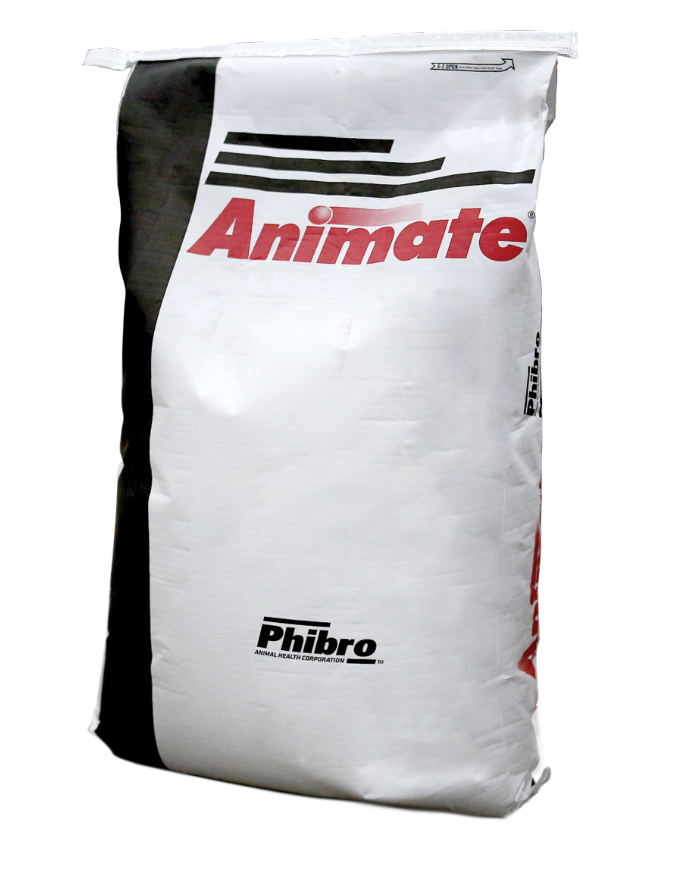
Start with the Right Anion Source
Animate® nutritional specialty product is a unique and patented anionic mineral that has been shown to help keep transition cows healthy and productive.
Learn about Animate







